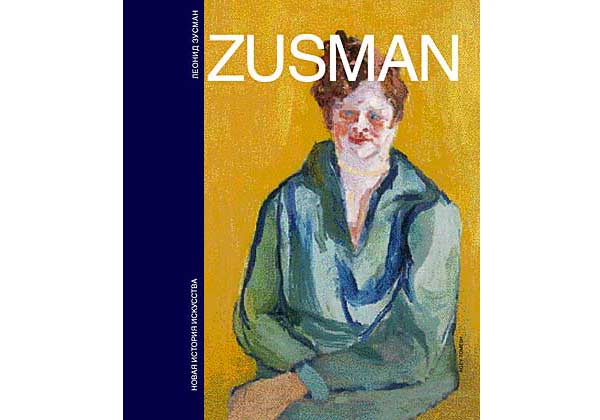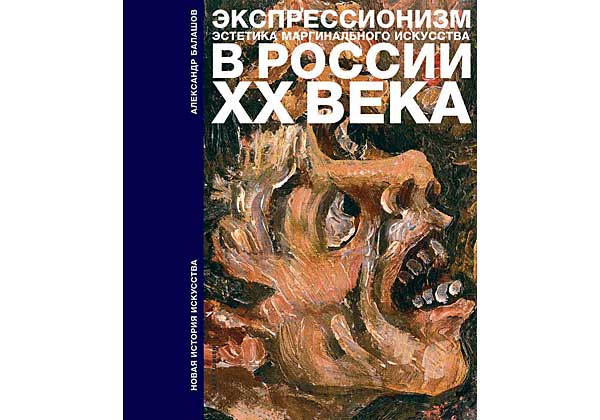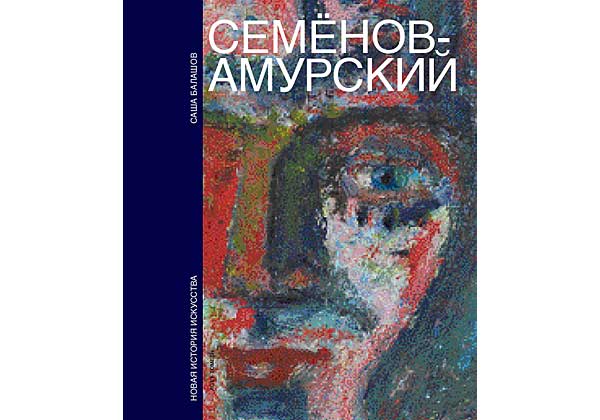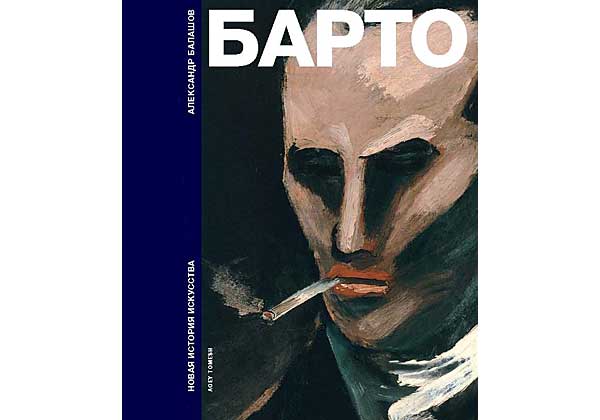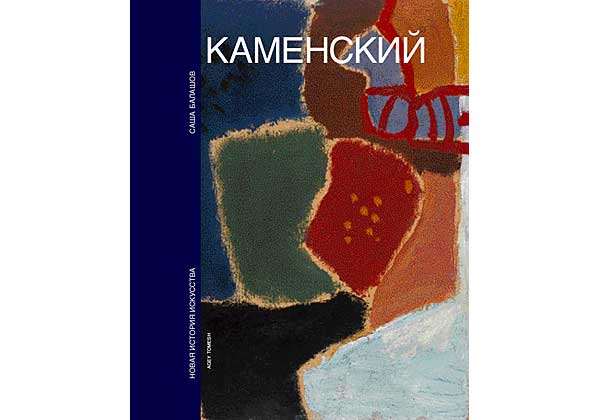-

books
author:Sasha Balaschov year:2004 - 2012 publisher: Agey TomeshAbout the Books
The publishing program New History of Art was launched in 2004 as an attempt to publish data about the little known pages of the twentieth-century Russian art. These pages grow into new chapters of history and unveil new layers of culture, overlooked by the modern times and yet capable of remodelling the whole history of arts.
The artists featured in the first books of the series are known among art historians, but often unfamiliar to the wider public. This state of things appears to be the result of the censorship that governs the forming of the art history text corpus. This censorship could be called political if another, entirely ideological, connotation, weren’t assigned to this word in the twentieth-century art texts. It is rather a matter of different cultural intentions, strategies, texts, of different patterns of cultural practices developed in the twentieth century. What does political reality means? Is it a stage on which the artist reveals himself or is it a curtain hiding him? To what extent is the inclusion of the artist’s name into the corporate hierarchy of his time relevant for the new interpretation of history? Isn’t it time to give a critical appraisal to the deliberate or forced absence of the artist’s name from the communication representing the interests of the bureaucratic elite of that era?
The modern times are used to reading history of art texts through the lens of politics. But can the modern man read political texts based on his cultural experience? Can art create an optical system making it possible for the modern man to view the representation of reality as a competition of various agendas producing and implementing different meanings that determine his ways and forms of existence? Can we analyze the political action on culture not only in the past, but also in the present? All these issues are addressed in the New History of Art books.
-
Rostislav Barto
author:Sasha Balaschov year:2006 publisher: Agey Tomeshabout the book
This is the first book about the work of Rostislav Barto. This artist’s name was already well-known among art historians during the twenties: Barto is the most outstanding of Aleksandr Shevchenko’s students; he was a participant in the artists’ association Tsekh zhivopistsev (Painters’ Workshop) and likely the most masterful practitioner of monotyping in the 20th century. At the end of the twenties and beginning of the thirties his works found interested and comprehending audiences among viewers and collectors when they were displayed at exhibitions organized by Vsekokhudozhnik (the All-Russian Union of Cooperative Partnerships of Graphic Arts Workers) in Amsterdam, Stockholm, San Francisco, Chicago, New York, Paris, Venice, Copenhagen and Tokyo; these works often remained in those cities as parts of private and modern art collections. Unfortunately, the attention of critiques was sometimes merely a sign that an artist was destined to live in troubled times. In Osip Beskin’s 1933 book Formalizm v zhivopisi (Formalism in Painting), which became the ideological platform the struggle against “leftist” art, Barto was described as follows: “Barto demonstrates with his work that he lives not only at a distance, but as if outside of our reality. He has created his own world; or, more accurately, has dragged another world to us and, through this stark world of other things and of people transformed into things, wishes to refract and break our reality as well.”
-
Alexey Kamensky
author:Sasha Balaschov year:2007 publisher: Agey Tomeshabout the book
This is the first album dedicated to the works of Aleksei Kamensky to be published in Russia. Kamensky is one of the deepest lyricists of Russian non-conformism from the 1960s, ’70s and ’80s. Kamensky’s work stems from a number of phenomena in the artistic life of his time; his work sounds like a poetic text. This artist speaks of an individual’s personal, intimate spaces, about simple, every-day things, and he sees in them the signs of eternity. His series of images are tables of the elements for the world that surrounds us, tuning forks for the beauty of living reality and for human life itself, which was, is and will be the main subject of art. Aleksei Kamensky was the son of the famous futurist poet Vasily Kamensky. This connection prompts a search for parallels between his work and the aesthetic and practices of the pre-revolutionary Russian avant-garde and suggests a means for seeing in creative works a meaning that is the cultural alternative to the state-bureaucratic system of art.
This book was published to mark Kamensky’s eightieth birthday.

